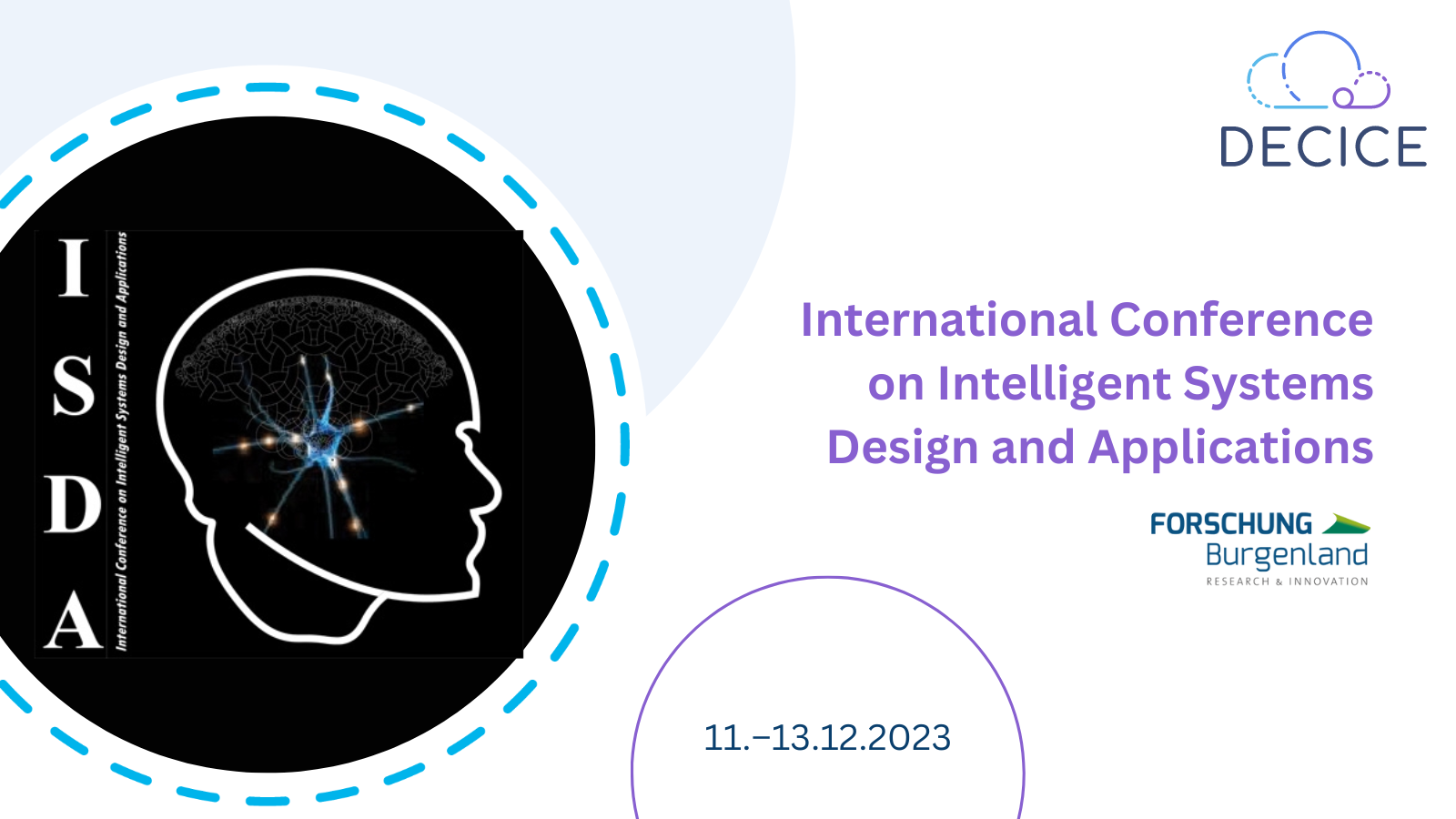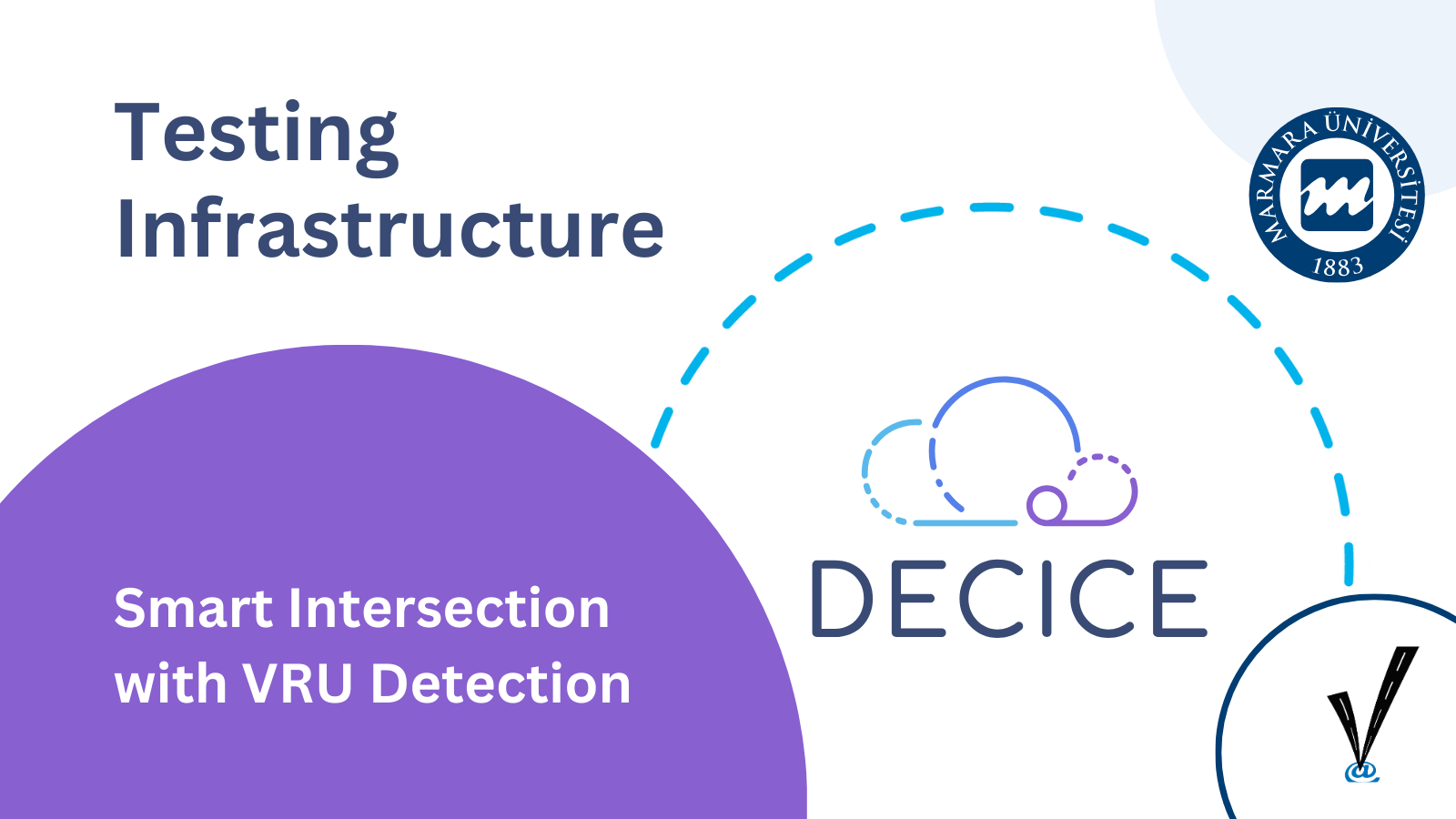
Collecting Use Case Requirements for Infrastructure Provisioning in the DECICE EU-Funded Project
DECICE organised a Use Case Requirements Workshop on the 20th April 2023. The goal of this event was to collect valuable insights from stakeholders to better understand the requirements for three key use cases identified within the project.
On Thursday, April 20th, an important workshop was held as part of the DECICE project, an EU-funded initiative aimed to develop an AI-based, open and portable cloud management framework for automatic and adaptive optimization and deployment of applications in a federated infrastructure, including computing from the very large (e.g., HPC systems) to the very small (e.g., IoT sensors connected on edge). The workshop focused on collecting use case requirements from stakeholders, with a particular emphasis on three key use cases identified within the project.
The workshop was attended by representatives from various organizations involved in the DECICE project, including researchers, engineers, and other professionals. The goal of the workshop was to gather valuable insights from these stakeholders to better understand the requirements for infrastructure provisioning and orchestrator development in the context of the three identified use cases.
The first use case discussed during the workshop is related to smart city infrastructure provisioning. This use case focuses on real-time processing aspects in Connected & Autonomous Driving and Cooperative Intelligent Transportation Systems (C-ITS). Connected and Autonomous Vehicles (CAVs) use their onboard sensors for object detection and situation awareness. Intersections introduce additional difficulties, challenges, and safety issues due to varying road users (cars, trucks, buses, pedestrians, bicycles, motorcycles, wheelchaired users, etc.) in varying numbers moving in different directions. Road user (including Vulnerable Road User) detection is crucial and critical to ensuring safety and traffic efficiency. The use case includes multiple intersections in which real-time processing can be done with single or multiple-edge devices according to the momentary processing power and network bandwidth needs. These edge devices can be located at the intersections or in a location that is in adequate proximity to the intersections to fulfil the latency and reliability needs defined in the standards. It is important to note that the standards provide constraints for the placement and scheduling of the jobs.
The second use case focuses on MRI scans, that are a common tool for medical examination due to the non-invasive way to get a view of the inner body parts. Typically, MRI scans are conducted on edge nodes; they only cover individual body parts of a patient and create a high-resolution 3D image of the body part using magnetic fields. Advances in technology lead to higher resolutions and, consequently, larger data sizes. Like other medical data, MRI scans often contain sensitive personal information about the patient. Therefore, special care with respect to storage, transfer and access is necessary. The analysis of the MRI scans poses difficulties, both from a computing and storage perspective. Each MRI scan consists of multiple slices of data, thus creating a complex object for analysis. Complex models for analysis can be challenging for the computing capabilities of edge devices. Thus, moving analysis jobs to the cloud can be necessary. Additionally, the network transfer can be a limiting factor. Creating a complex decision environment. Managing access rights to the data, the storage location of data and preventing data loss are key components from the storage perspective.
The third use case centers around infrastructure provisioning for disaster management and emergency response. It aims at developing an open digital platform to support emergency response operators exploiting data from drones and satellites. The objective is to bring intelligence to the operational activities in the field, by providing the computation support for embedding ML algorithms to support drone autonomous flight as well as mission operations. To do so, the platform will implement an efficient and adaptive computation of AI algorithms in-the-field, orchestrating the processing and the communication between cloud/edge/drone, allowing the operator to control the data flows between the computation entities and providing adaptivity to emergency situations, such as the size of the area to be explored, recognition tasks to be performed, communication link bandwidth, energy availability and weather conditions.
Throughout the workshop, participants engaged in a collaborative discussion and brainstorming session, and finalized a common template to collect the requirements for infrastructure provisioning in the three use cases.
This template will be filled by each use case owner in the following two weeks.
In conclusion, the discussions and insights gathered from stakeholders in the three identified use cases will serve as a valuable foundation for the further development and refinement of infrastructure provisioning solutions in the DECICE project.
Author: Christian Racca
Links:
https://www.top-ix.org/en/home-eng/
https://www.uni-goettingen.de/
Keyphrases:
DECICE | Workshop | Event | brainstorming session | template | Stakeholder | researcher | engineer | professionals | Use Case | Requirements | Infrastructure | smart city infrastructure | real-time | Autonomous Driving | Connected and Autonomous Vehicles | CAV | Cooperative Intelligent Transportation Systems | C-ITS | edge device | Vulnerable Road User | VRU | MRI scans | 3D image | sensitive personal information | computing | storage | disaster management | emergency response | open digital platform | emergency response operator | drones | satellites |drone autonomous flight | mission operations | AI algorithms | in-the-field | cloud/edge/drone


